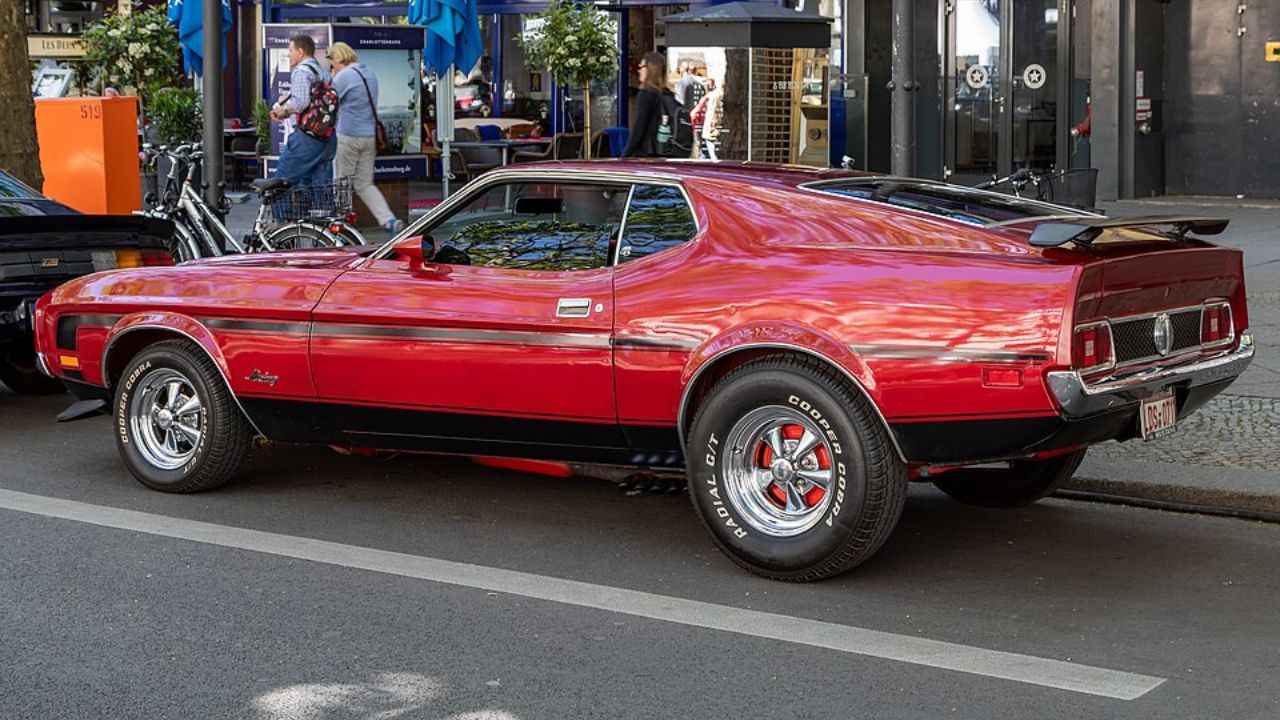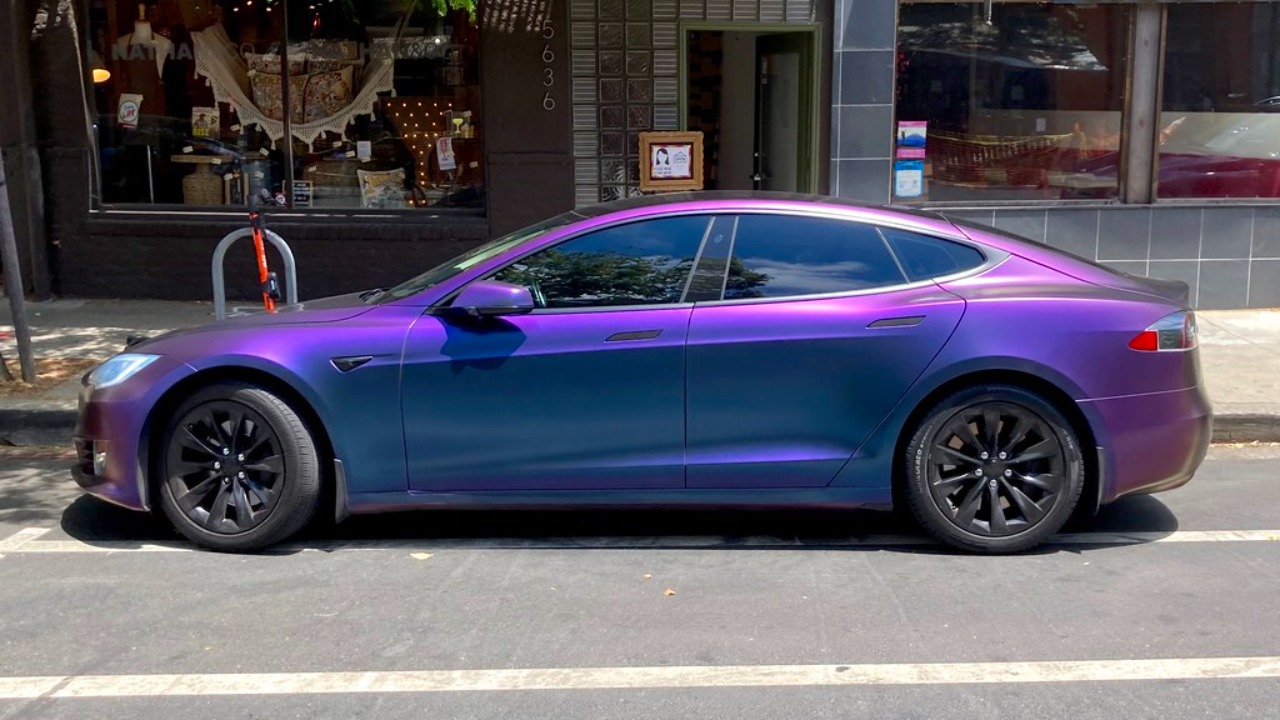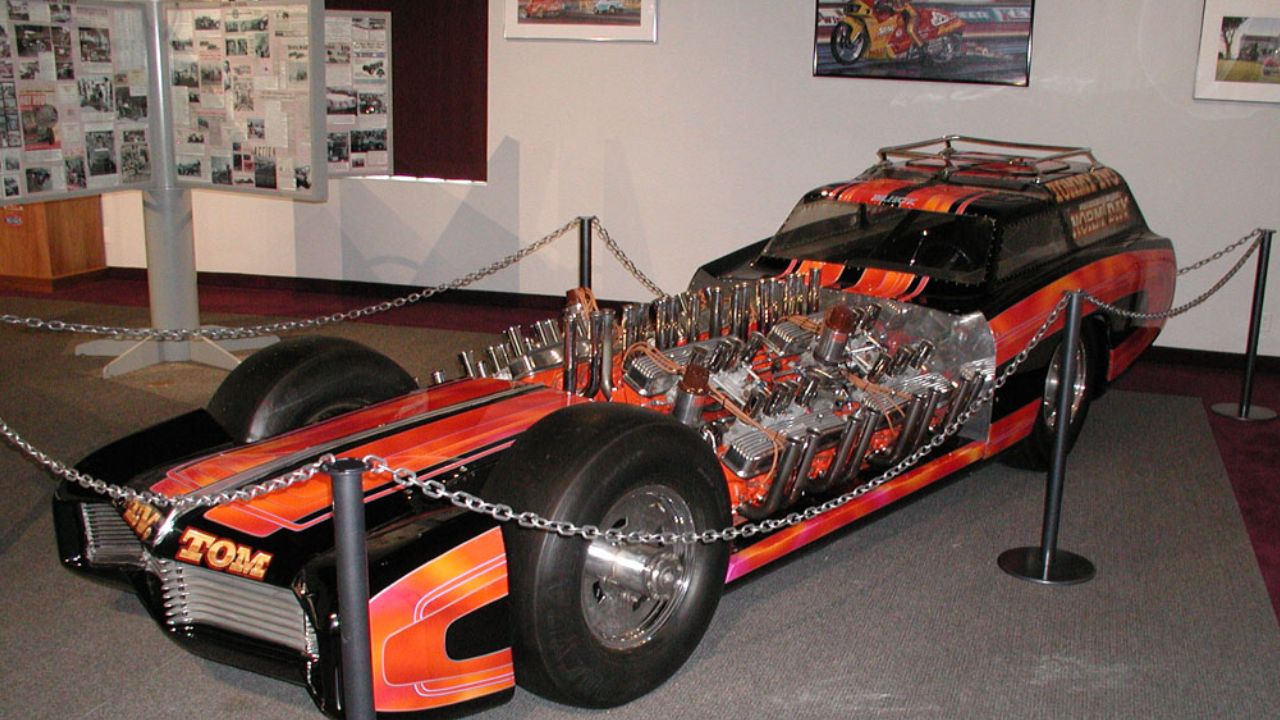In the ever-evolving automotive industry, a curious trend has emerged: the revival of classic car names for modern models. This strategy is more than just a nostalgic nod to the past; it’s a calculated business move. The reasons behind automakers licensing old names for new cars and the impact of this practice on the market are multifaceted and intriguing.
Emotional Connection and Brand Loyalty

Automakers are tapping into the power of nostalgia to evoke emotional responses from consumers. Many buyers have fond memories associated with classic models like the Ford Mustang or the Chevrolet Camaro. By reintroducing these iconic names, companies aim to rekindle those feelings, creating an emotional connection that can translate into sales. It’s a powerful strategy that leverages the deep-seated emotions tied to past experiences, making new models more appealing.
Reintroducing beloved names is also a tactic to reinforce brand loyalty. Brands like Jeep with its Wagoneer or the Volkswagen Beetle have established trust and fond memories over decades. When a consumer sees these names on modern vehicles, there’s an instant recognition and a sense of reliability. This strategy allows automakers to capitalize on the cultural significance of these names, strengthening their market position by fostering a sense of continuity and trust.
Moreover, the emotional attachment associated with iconic car names offers a unique opportunity for brands to connect with consumers on a personal level. It’s not just about selling a car; it’s about selling a piece of history, a story, and a legacy that resonates with individuals across different generations. The emotional bond formed through this connection can significantly influence purchasing decisions, making it a potent tool in the automotive industry.
Marketing and Sales Strategy

Utilizing established brand recognition allows automakers to reduce marketing costs while increasing consumer interest. Names like the Dodge Charger or the Mini Cooper come with a built-in audience, eliminating the need to build awareness from scratch. This is a cost-effective strategy that maximizes the return on investment by leveraging existing brand equity.
Attracting both older generations who remember the classic models and newer generations intrigued by their legacy is a key component of this strategy. For instance, the revival of the Toyota Supra appeals to both nostalgic buyers and those drawn in by the car’s storied racing pedigree. By bridging the generational gap, automakers can expand their market reach and cater to a more diverse audience.
In a crowded market, differentiating new models by associating them with the prestige of classic models can be a decisive factor. The iconic Mustang name, for example, brings with it a heritage of performance and style that sets it apart from competitors. This differentiation not only enhances the perceived value of the new models but also reinforces the brand’s image as a leader in innovation and tradition.
Design and Innovation Fusion

Integrating classic design elements with modern technology results in a fusion of heritage and innovation that appeals to a broad audience. The Ford Bronco, for instance, combines its rugged, iconic design with state-of-the-art technology, creating a vehicle that respects its roots while embracing the future. This blend allows automakers to cater to both classic car enthusiasts and tech-savvy consumers.
By offering products that pay homage to the past while incorporating the latest advancements, companies can attract a wider range of buyers. The challenge lies in maintaining the balance between preserving the essence of the original models and introducing cutting-edge features. This approach enables manufacturers to innovate without alienating traditionalists who hold the classic models in high regard.
Using familiar names as a platform to introduce new features also provides consumer reassurance. Buyers are more likely to trust a new technology if it’s associated with a name they already know and respect. This strategy not only facilitates the adoption of new innovations but also strengthens the brand’s reputation for reliability and forward-thinking.
Regulatory and Financial Considerations

Understanding the legalities and financial implications of licensing old names is crucial for automakers. Trademarks and brand rights can pose significant challenges, requiring careful navigation to avoid potential disputes. Companies must weigh the benefits of licensing against the complexities involved in securing the necessary permissions.
The cost-effectiveness of licensing versus developing entirely new brand names is another critical consideration. Creating a new brand identity from scratch can be both time-consuming and expensive. In contrast, licensing an established name can provide immediate recognition and trust, offering a more efficient path to market success.
Partnerships and collaborations often play a vital role in facilitating the licensing process. By working with original manufacturers or rights holders, automakers can ensure a smooth transition and maintain brand integrity. These collaborations can also open up new opportunities for innovation and cross-branding, further enhancing the appeal of the revived models.
Impact on the Automotive Industry

The trend of reviving old names significantly influences competition among automakers. As brands race to resurrect their most iconic models, the market becomes increasingly dynamic and competitive. This competition drives innovation, pushing companies to develop new ways to integrate classic appeal with modern advancements.
The long-term effects on brand identity and consumer perception are profound. By successfully reviving old names, automakers can strengthen their brand identity, reinforcing their position as leaders in both tradition and innovation. However, this strategy also carries potential risks, such as accusations of lacking creativity or relying too heavily on past successes.
Despite these challenges, the practice of licensing old names for new cars continues to gain traction. It offers a unique approach to balancing the past and the future, providing consumers with the best of both worlds. As the automotive industry evolves, this strategy will likely remain a key component of brand development and market expansion.
Like Fast Lane Only’s content? Be sure to follow us.
Here’s more from us:
*Created with AI assistance and editor review.







Leave a Reply